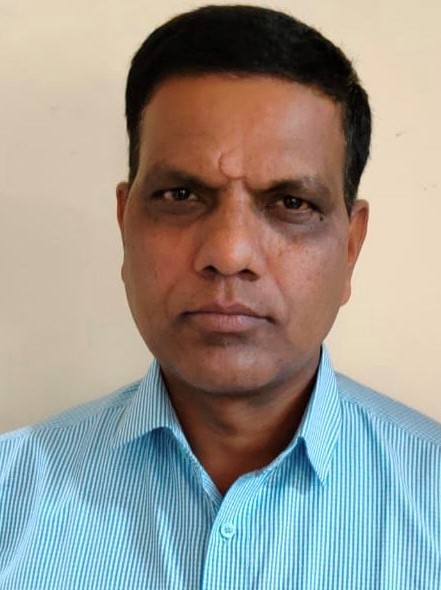- 28 May, 2025
- Contact Us
- New Mail
- Skip To Main Content
- Screen Reader Access

| Designation: |
Sr. Principal Scientist
|
| Email Id: | skr_singh[at]neeri[dot]res[dot]in |
| Qualification: | Ph.D.(Chem), M.Sc(Chem) |
| Specialization: |
Chemistry
|
| Address: |
Sub-Verticals 5A : SOPHISTICATED ENVIRONMENTAL ANALYTICAL FACILITY, NEERI Nagpur
|
| Biodata: |
| Sr. No. | Publication Name |
|---|---|
| 1 |
Separation of WPCBs by dissolution of brominated epoxy resins using DMSO and NMP: A comparative study (Chemical Engineering Journal)
|
| 2 |
Separation of WPCBs by dissolution of brominated epoxy resins using DMSO and NMP: A comparative study
Printed circuit boards (PCBs) in electrical and electronic equipment (EEE) abide of valuable and hazardous materials and due to its complex and discrete make up across manufacturers, processing of waste PCBs (WPCBs) is a massive challenge. And therefore either completely novel or improved processes are needed for recycling of WPCBs and recovery of valuable materials from it. Present comparative study, was performed for processing WPCBs using solvents N-methyl-2-pyrrolidone (NMP) and dimethyl sulfoxide (DMSO). Various parameters, which include WPCB sizes; solid to liquid (S/L) ratio; temperature and time, were investigated to understand the WPCBs processing by dissolving bromine epoxy resin using solvents. Results showed that the rate of removal and separation of the bromine epoxy resin (BER) increases with respect to increasing various parameters. Optimum condition of complete separation of WPCBs using NMP were S/L ratio of 1:5, WPCB size/area of 4 mm/16 mm2 and 100 °C for 90 minutes, whereas for DMSO the optimum dissolution of bisphenol A were obtained in S/L ratio of 1:2, size/area of 6 mm/36 mm2 at 90 °C for 90 min. Overall, NMP proves to be better solvent for bromine epoxy resin than DMSO in terms of bisphenol A dissolution and separation of various layers of WPCB. Used solvents can be vaporised–condensed under the decompression for regeneration. This novel process can be an eco-friendly and effective option for separation and recovery of various valuable materials such as metals, glass fibres, etc. from WPCBs. Further research and testing is needed for precise evaluation between two processes using NMP or DMSO solvents, in terms of the valuable material recovery from WPCB and process techno-economics. |
| 3 |
Natural Vs. reclaimed forests-a case study of successional change, reclamation technique and phytodiversity
The present study accounts for the successional changes that took place in vegetation structure and composition over a time span of 25 years at reclaimed manganese mine site. Adjoining natural forest site was also studied for comparison of floral composition. The results corroborate the fact that as the age of succession increases, the reclaimed area gets invaded by higher successional species leading to an ecologically sound self-sustaining restructured system. This is an indication of the efficacy of the restoration programme. Plant species diversity of reclaimed site was 3.34, 2.81 and 2.12 for herbs, shrubs and trees, respectively, whereas in the adjoining natural forest site (Pench national park, reserved forest), it was 2.74, 1.88 and 2.13 for herbs, shrubs and trees, respectively. Phytodiversity assessments at both sites led to the conclusion that higher values of importance value index (IVI) were obtained for shrubs and herbs at the reclaimed site when compared to the adjoining natural forest site. However, higher values of tree diversity and IVI were associated with the natural forest site than the 25-year-old reclaimed site. This paper compares the composition of flora, species diversity and rapid succession of phytodiversity of a 25-year old reclaimed site with nearby natural reserved forest site. Plant species richness of reclaimed site was 141, 38 and 18 for herbs, shrubs and trees, respectively, as compared to reserved forest site values of 55, 11 and 20 for herbs, shrubs and trees, respectively. Also, this paper evaluates the total and available nutrient, and microbial diversity in both the newly formed ecosystem and the adjacent natural forest site. |